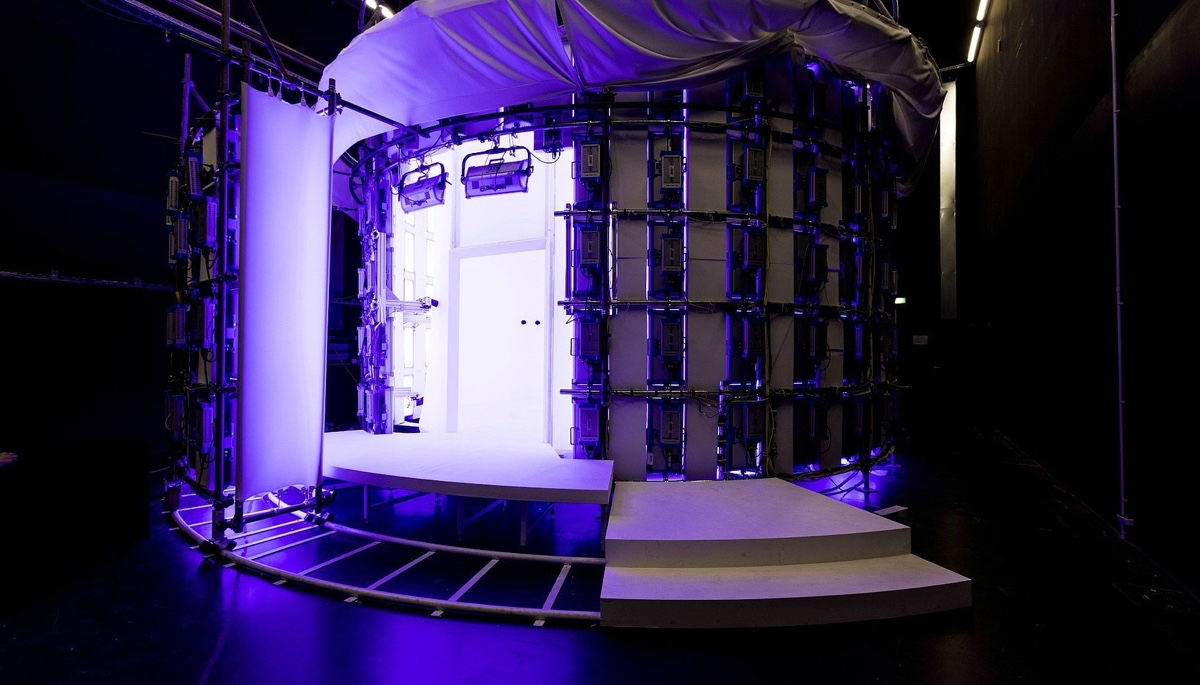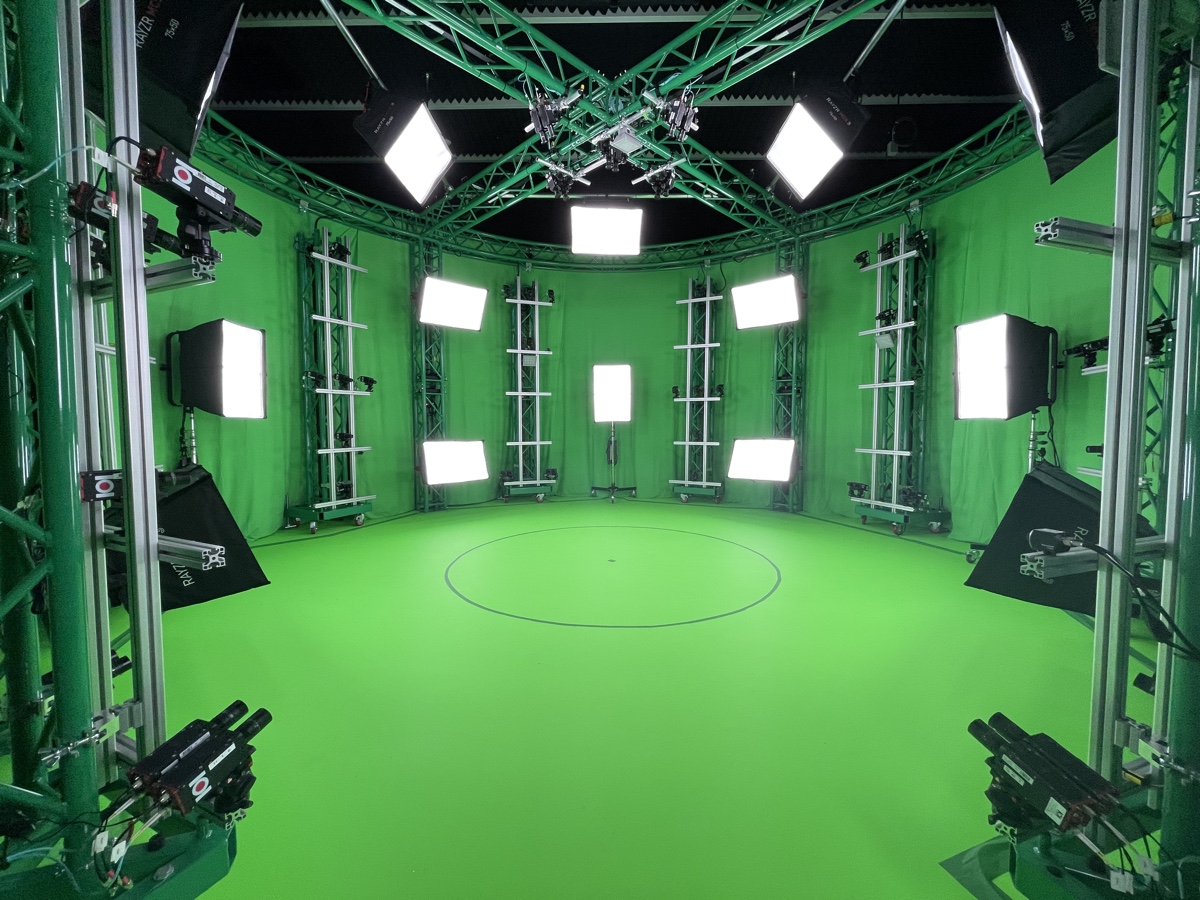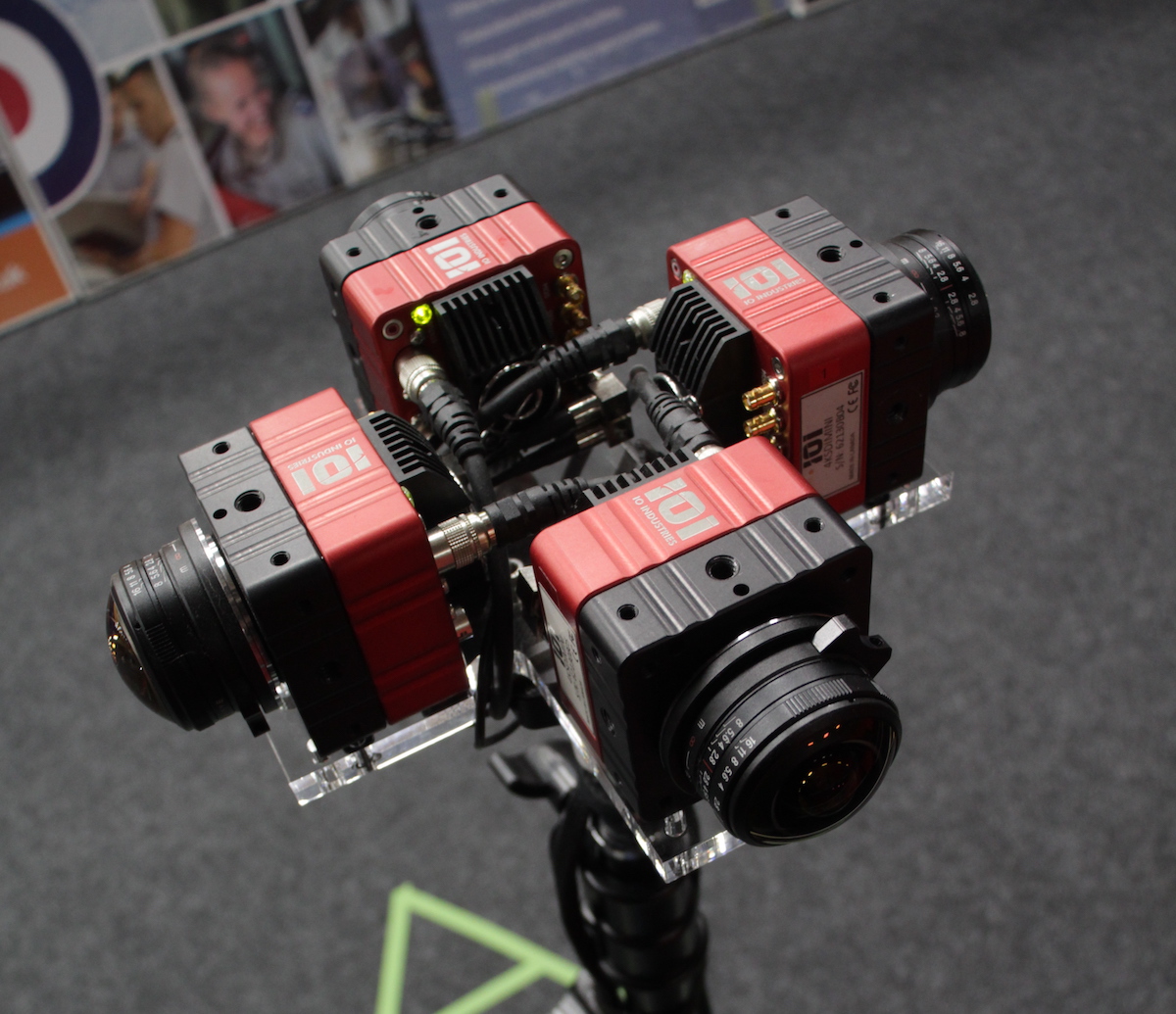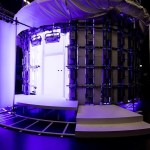A deep dive into Volucam from IO Industries.
Right now, volumetric capture is changing the way we can create digital humans and objects, and the way we can interact with them. You’ve likely already seen or experienced the results of volumetric capture (sometimes called holographic or 4D capture) in mixed reality experiences, music videos, films, commercials, museum exhibits, holograms and a wealth of other places.
Volumetric capture produces volumetric or holographic video using multiple cameras synchronized together to capture textures and shapes to produce 3D representations of people or objects. You can think about it in terms of all the nuances of your on-stage performer, captured in full. One of the leading producers of volumetric capture cameras is IO Industries, which makes the Volucam camera series.
Volucam cameras offer internal RAW video recording to SSD storage, flexible format and frame rate adjustment (resolutions up to 26.2MP, frame rates up to 300fps) using Sony and Gpixel sensors and 10GigE connection for control, sync, live video and file downloads. The aim is to provide an easy-to-operate platform for generating high quality data to be used in volumetric video processing workflows.
How Volucam captures those nuances
Volucam cameras are different from many of the other commercial cameras out there. How? One reason is that they have been designed from the ground up by IO Industries—a company already experienced in specialized imaging, AR/VR and computer vision—to be used in arrays for volumetric capture. Another is that the cameras record uncompressed RAW video and use global shutter image sensors.

“This means you don’t get any kinds of artifacting that comes from compression,” notes IO Industries sales manager Andrew Searle. “That’s very important when you’re doing 3D reconstruction because you’re literally comparing frames from all the cameras at the same time throughout every frame in time. It’s also RAW video, which gives you the most flexibility for color and dynamic range during reconstruction and post-processing.”
Searle adds that the Volucam camera series offers a flexible recording format. First, the cameras are fitted with a native C-mount lens interface; that means interchangeability with hundreds of compact lenses out there. Then, users have a choice of image sensors and are not restricted to a specific 16:9 aspect ratio that might normally be part of a typical HD video camera setup.
“If you can imagine tiling a sphere with camera views to capture a person from all angles, it’s not as optimal to use rectangles to do that,” details Searle. “It’s more optimal to use a square format or perhaps a four by three format. Our sensors, which range from 2.4MP to 26.2MP, give you that flexibility to capture resolutions that are outside the norm.”

Volumetric capture also needs precision synchronization, another important aspect of the Volucam solution. Multiple Volucam cameras can be shutter-synchronized or time-synchronized so that all frames captured at the same time will have the same timestamps to correlate the images by. Added to the mix is the ability to sync other cameras and gear along with the Volucam cameras on a capture stage, for example.
“You might have to synchronize some other third-party gear and we have the options to do that as well,” explains Searle. “It might be an audio recording system, motion capture cameras, or a digital cinema camera for reference shots.”
“What we also have,” continues Searle, “is a simplified user interface for the operator of the camera system that gives them visualization of all the cameras, checks all the settings and easily controls many cameras in a single click. It then manages the process that produces the data files that will eventually go into a reconstruction workflow.”

Speed is a further factor, and again another point of difference. The Volucam cameras stream RAW uncompressed video on board to solid state drive stores on the cameras themselves. To transfer the vast amount of data captured, IO Industries has employed 10G Ethernet connectivity.
“We wanted to make sure that the transfer speed was fast, but also that we could take advantage of the flexibility and availability of existing high-speed infrastructures” says Searle. “That’s why we chose a 10 GbE interface to let you move all that data around quickly and turn around a volumetric reconstruction as fast as possible.”
Where you’ll see Volucam in action
Various volumetric capture stages and studios are starting to pop up around the world, and Volucam cameras are already being used in them. For example, virtual production studio Avatar Dimension recently implemented a new 4,000 square foot capture stage in Washington D.C. utilizing 70 12MP Volucam cameras. The company holds an exclusive license for Microsoft Mixed Reality Capture Studio’s volumetric capture technology (Microsoft is implementing its tech at several locations).
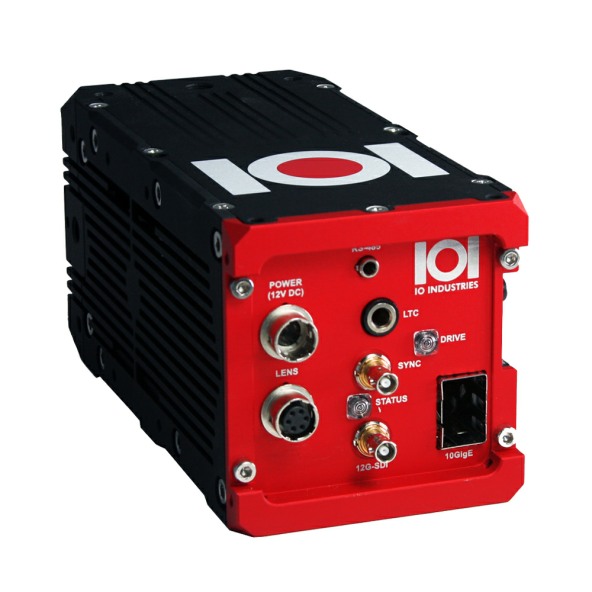
Later this year, Sydney-based Imagine Room will come online with a Microsoft-licensed mixed reality capture studio employing over 100 Volucam cameras as well. And, New Zealand-based volumetric and immersive content creator 8i and IO Industries have entered into a partnership to use the Volucam cameras in the turn-key volumetric capture stages 8i deploys world-wide.
Searle observes that different applications make use of Volucam cameras in unique ways.
“Sometimes studios want to just capture from the shoulders up, or just a head, and sometimes they want something full-body. Volucam is very scalable from, say, 10 cameras all the way to 100 or more. It’s as easy as connecting devices to a network. You can just put network switches together and then have as many ports as you need. That’s about as easy as it gets.”
Getting your hands on Volucam
OK, you’ve seen what Volucam cameras are made of, what they can do and where they are used—how can you now make them part of your own volumetric capture workflow (or, similarly, light field capture arrays or multi-angle motion analysis systems)?
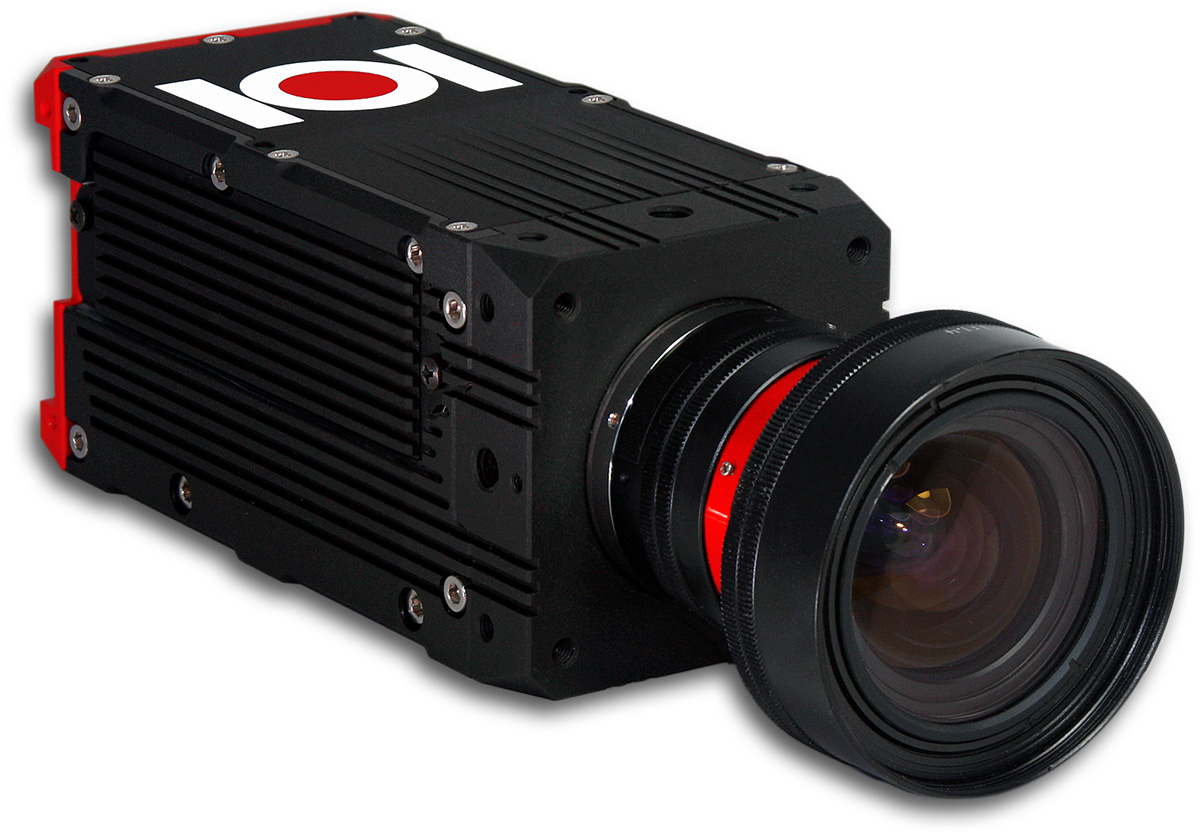
Searle says customers can come directly to IO Industries or look to channel partners around the world. “We do a lot of consultation in advance to make sure customers know what they’re getting and make sure they understand the parts that are needed around the cameras.”
“From there, we have a lot of relationships with 3D reconstruction workflow specialists and we can make recommendations to end users who might want to start a studio or who need assistance. Our aim is to let the user control the process so they can go and make great volumetric content.”
Head over to the IO Industries website to learn more about Volucam and to get in contact with the team.
Brought to you by IO Industries:
This article is part of the befores & afters VFX Insight series. If you’d like to promote your VFX/animation/CG tech or service, you can find out more about the VFX Insight series here.



















